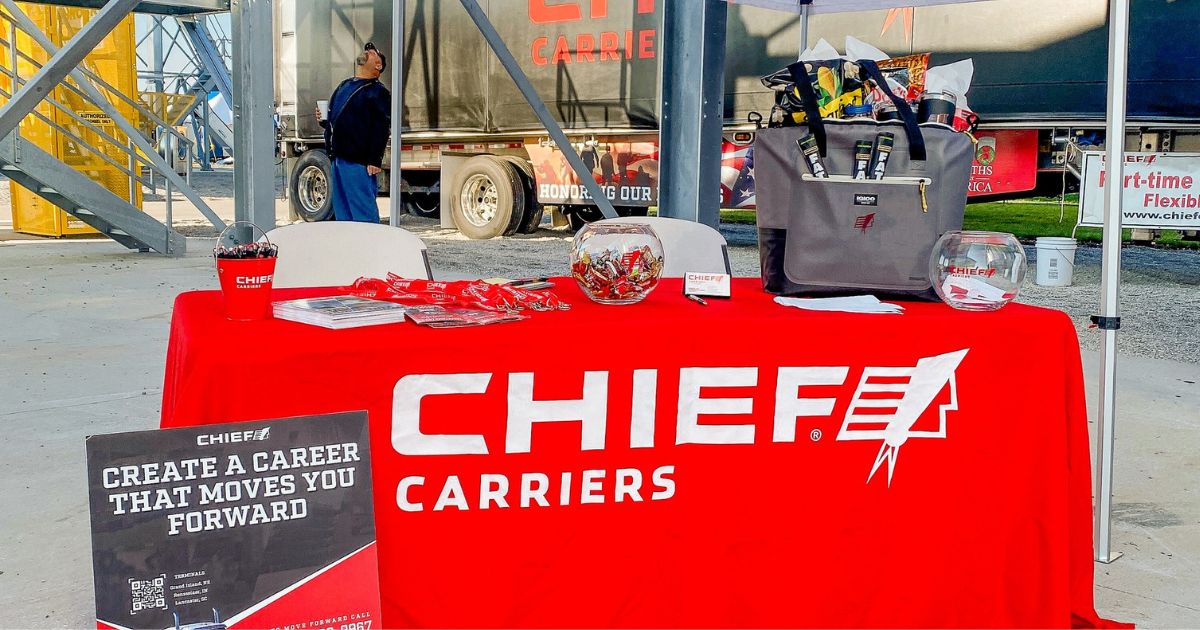Avoid Nuclear Jury Verdict With Propper Safety Management
Is safety management a crucial aspect of a trucking company? Listen to this: A $47 million jury verdict against Schneider National, one of the largest trucking companies in the U.S., sent shockwaves through the industry.
The case, stemming from a tragic accident, serves as a reminder of the catastrophic consequences that can arise when a bad hire is coupled with poor safety management.
In this Driven Too Far podcast episode, Andrew Winkler showcases why safety management is one of the most important aspects of a carrier’s company.
About Nuclear Jury Verdict: How an Accident Became a Financial Disaster
The Schneider case is a cautionary tale highlighting the importance of diligent driver screening, continuous monitoring, and a strong commitment to safety management.
The incident began in 2017 when a Schneider driver with only four months of experience caused an accident that led to a fatality. However, it was the subsequent revelations that turned a bad situation into a financial disaster.
The driver initially lied about his whereabouts at the time of the accident, raising red flags about his honesty and reliability.
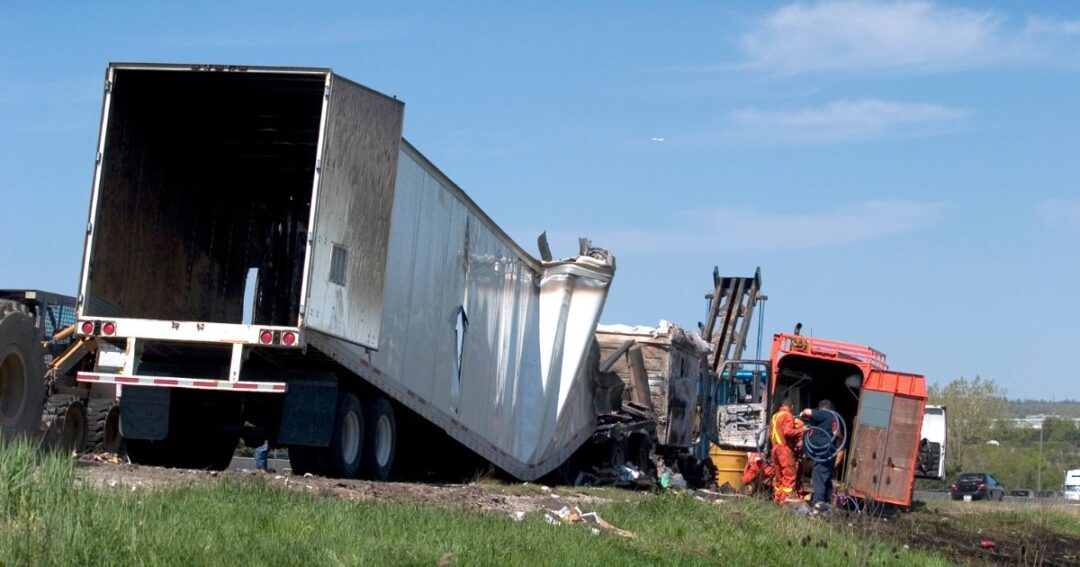
The Fact: Where Safety Management Went Wrong
Further investigation revealed a pattern of reckless behavior, including driving for extended periods without adequate rest and a positive drug test for methamphetamines.
Despite these warning signs, Schneider retained the driver for several months, ultimately leading to a nuclear jury verdict that held the company responsible for the driver’s actions.
The plaintiff’s attorney successfully argued that Schneider had failed in its duty of care by not properly screening the driver during the hiring process and by failing to monitor his performance and address safety concerns.
This case underscores the concept of vicarious liability, where carrier management can be held legally responsible for the negligent actions of their employees.
The Verdict: The Consequences of Poor Carrier Management
The Schneider verdict was not simply a result of a single error but rather an accumulation of missteps in safety management.
It demonstrates how a series of seemingly minor oversights can snowball into a catastrophic outcome, costing a company millions of dollars in a nuclear jury verdict and irrevocably damaging its reputation.

The Role of Safety Management in Preventing Nuclear Verdicts
The Schneider case serves as a stark reminder that safety management is not just a regulatory requirement but a critical business practice that can protect both drivers and companies.
- Driver Screening: Thorough background checks, reference verification, and skills assessments are essential to ensure that only qualified and responsible drivers are hired.
- Training: Providing comprehensive training on safe driving practices, company policies, and regulatory requirements is crucial for minimizing risk.
- Monitoring: Continuous monitoring of driver performance through telematics, dashcams, and other technologies can help identify potential problems before they escalate.
- Incident Investigation: Thorough investigations of accidents and near-misses can help identify root causes and implement corrective actions to prevent future incidents.
By investing in robust safety management programs, carriers can create a culture of safety that prioritizes the well-being of their drivers and the public. This, in turn, can lead to fewer accidents, reduced injuries, lower insurance premiums, and a decreased risk of costly litigation.
Why Strong Safety Protocols Are Essential for Trucking Companies
The trucking industry is a vital part of the economy, responsible for transporting goods across the country. However, with this responsibility comes a high level of risk.
Truck drivers are constantly faced with challenging road conditions, tight deadlines, and long hours behind the wheel. This combination, as the Schneider case reveals, can lead to driver fatigue, distracted driving, and other unsafe behaviors that increase the likelihood of accidents.
In addition to the risks faced on the road, trucking companies also face financial risk in the form of lawsuits and insurance claims if their drivers are involved in accidents. A single accident can result in millions of dollars in damages and legal fees.
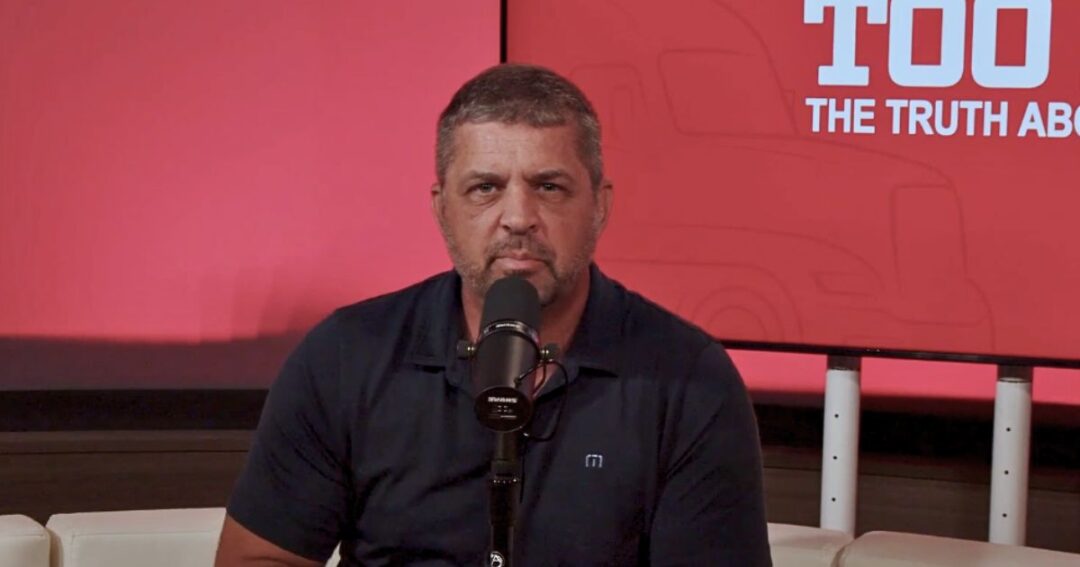
How to Spot Potential Problems Before They Become Liabilities
One of the most critical aspects of safety management is the hiring process. Carriers must be vigilant in identifying potential red flags in truck driver applications and conducting thorough background checks.
Some common warning signs include:
- Gaps in employment history
- Frequent job changes
- Inconsistent or incomplete information on the application
- Negative references from previous employers
- Violations or accidents on driving records
It’s also essential to assess a driver’s experience level and provide adequate training for new hires. Inexperienced drivers may require additional supervision and mentorship to ensure they develop safe driving habits.
The Cost of Complacency and The Role of a Safety Manager
The Schneider case is a textbook example of how complacency in safety management can lead to devastating consequences. The company seemingly overlooked numerous red flags during the hiring and employment of the driver involved in the accident.
Even after the accident and a positive drug test, the driver was retained for several months. This indicates a failure to prioritize safety and take decisive action when necessary.
The Schneider case demonstrates that even large, well-established carriers can fall victim to complacency.
By learning from the mistakes of others, trucking companies can take proactive steps to prevent similar incidents.
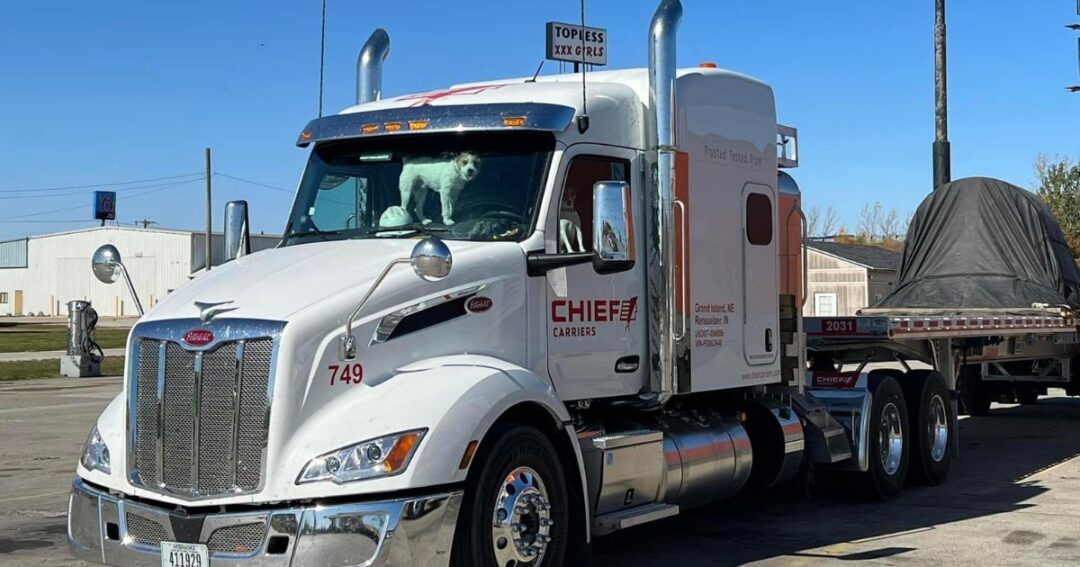
Comprehensive Training Programs
Provide new hires with comprehensive training that covers not only basic skills but also company-specific safety policies and procedures.
Regular refresher courses should also be offered to ensure that drivers are up-to-date on best practices and regulations.
Open Communication
Foster a culture of open communication where drivers feel comfortable reporting safety concerns without fear of reprisal. This can help identify potential issues before they become serious problems.
Additionally, implementing a system for drivers to easily report safety hazards or incidents can allow management to quickly address any issues and prevent future accidents.
Have A Safety Manager
The role of a safety manager can not be overstated. Assign a dedicated safety manager who is responsible for overseeing all aspects of the company’s safety program.
This individual should have a thorough understanding of industry regulations and best practices, as well as strong communication skills to effectively implement and enforce policies.

The Take Away
The Schneider case is a sobering reminder that safety management is not just a box to be checked but a critical aspect of running a successful and responsible trucking company. The consequences of complacency can be devastating, both financially and in terms of human lives.
By prioritizing safety management, carriers can protect their drivers, the public, and their businesses.
This means investing in comprehensive safety programs, conducting thorough driver screenings, and fostering a culture of safety at all levels of the organization.
Safety in The Work Environment
Remember, a safe driver is a productive driver. By creating a work environment that values safety, carriers can attract and retain top talent, reduce turnover, and improve overall operational efficiency.
Do you have any thoughts or experiences to share about safety management in the trucking industry? We’d love to hear from you in the comments below.
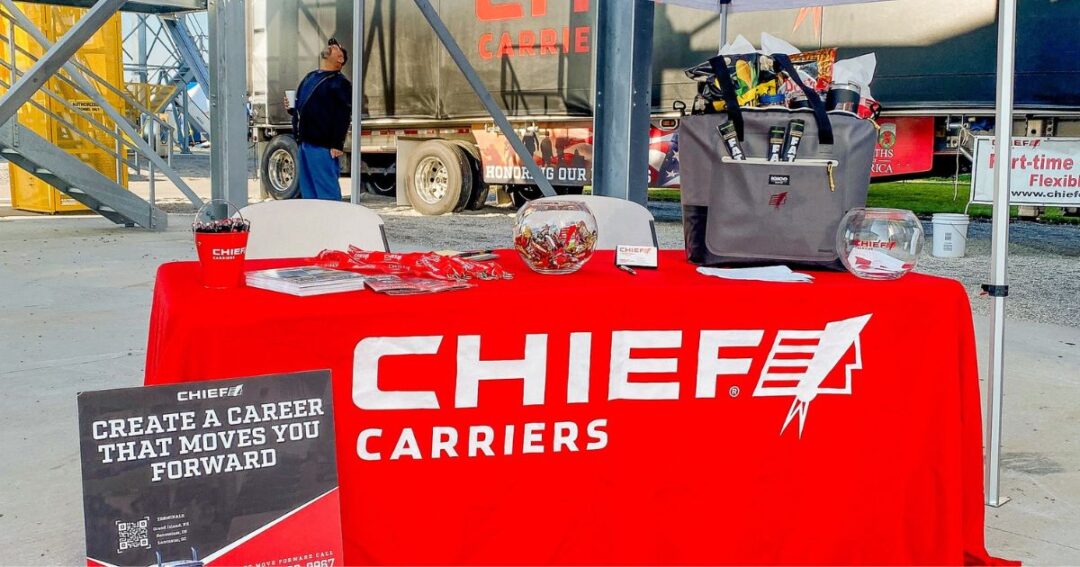
Drive With a Company Who Prioritizes Safety: Drive With Chief
If you’re a driver looking for a trucking job with a company that prioritizes your safety and well-being, consider joining the Chief Carriers team.
We’re committed to providing our drivers with the support, training, and resources they need to succeed on the road. Visit our website to learn more about our carrier management philosophy and explore our current trucking job openings.
Ready to hit the road with a new carrier? Explore the available truck driver employment opportunities at Chief Carriers and submit your application today!
Share your thoughts in the comments below, or tune into the full episode of Driven Too Far to learn more about this important issue.
The Driven Too Fast Podcast is produced by Two Brothers Creative.

